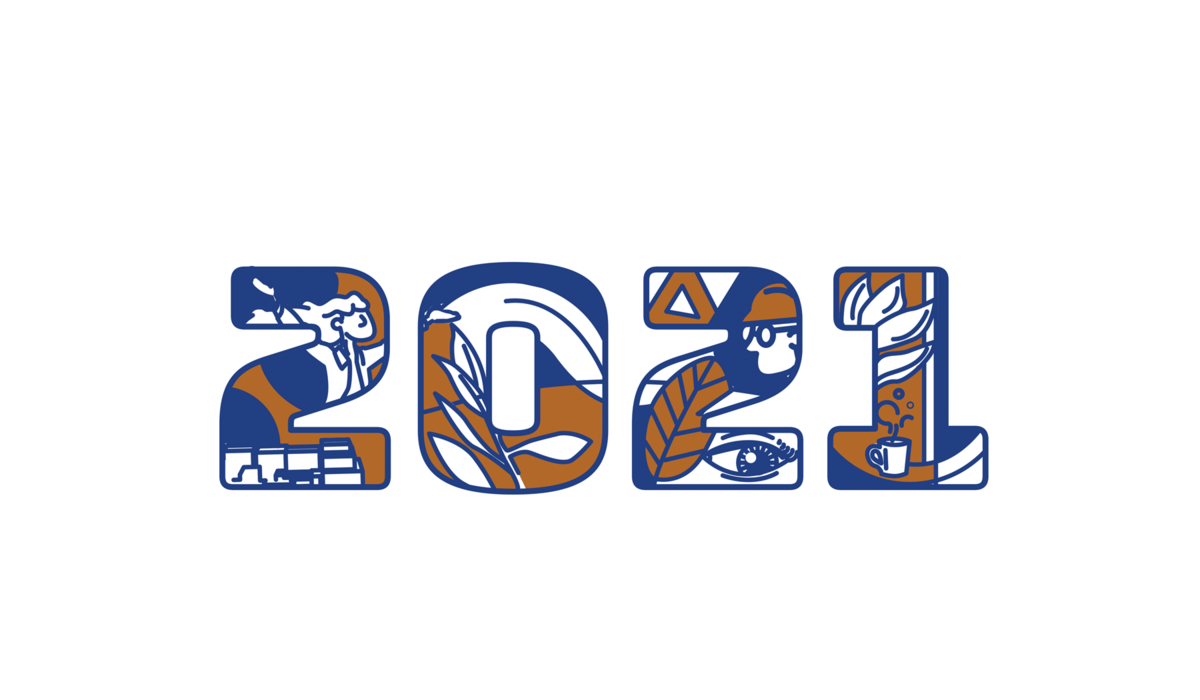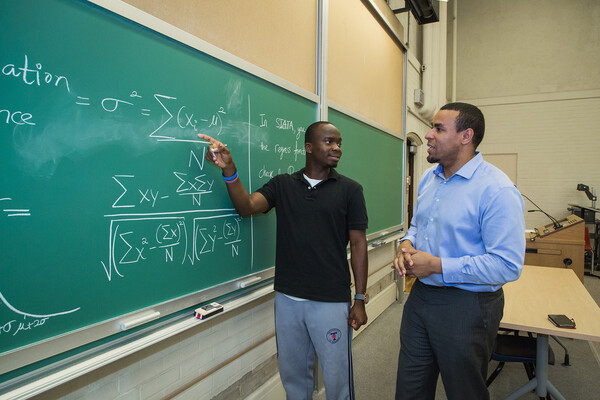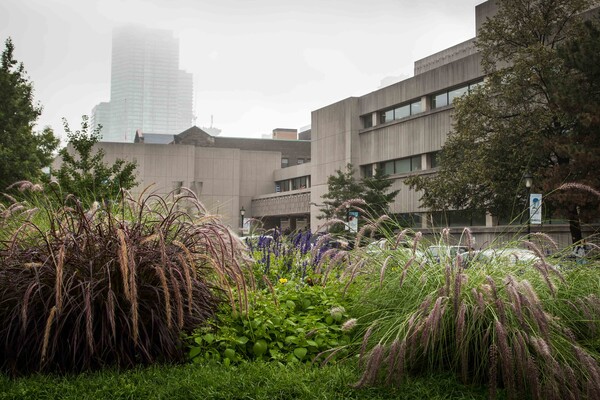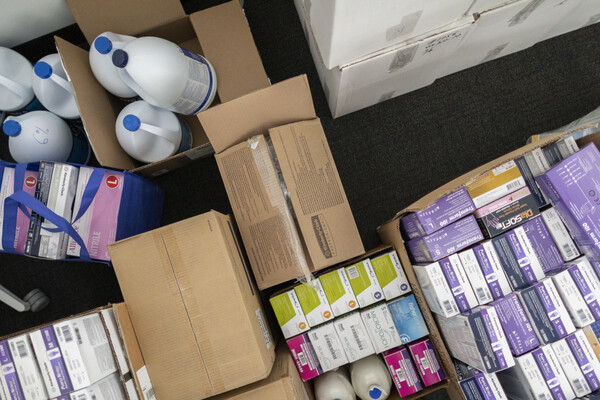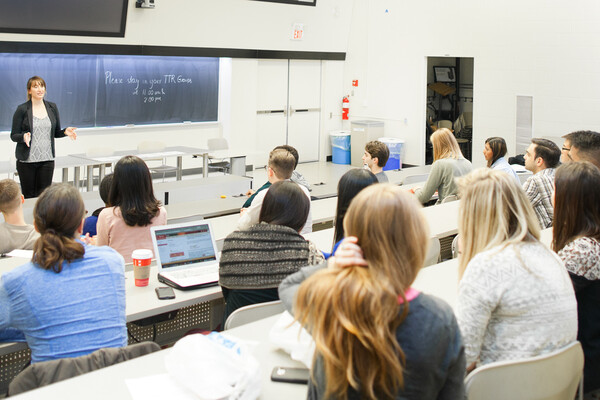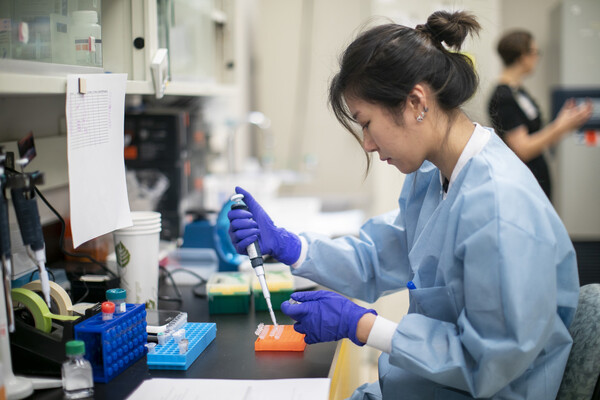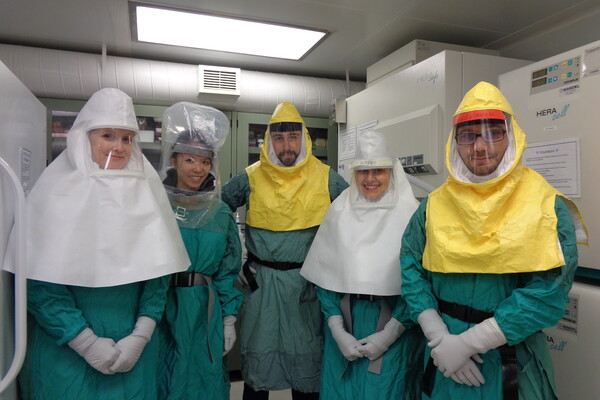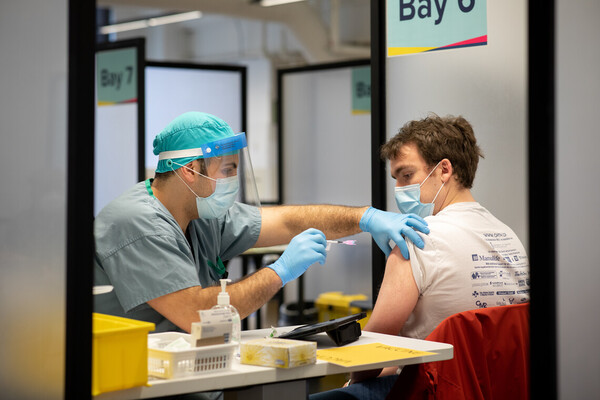Message from the Acting Dean
Trying to encapsulate the experiences of the past year is no small feat. It brings to mind the opening lines of Charles Dickens’ classic book, A Tale of Two Cities: “It was the best of times, it was the worst of times.”
Among the highlights was the transformative support we received from James and Louise Temerty and the Temerty Foundation. The $250-million gift is the largest single donation in Canadian history. It will help us achieve many of the goals we identified in our 2018-2023 Academic Strategic Plan and also significant endowed funds to ensure the financial sustainability of our Faculty. This includes supporting existing and new research and educational initiatives, fostering greater collaborations with our hospital partners, as well as making critical investments towards our commitments to increased equity and wellbeing initiatives. In gratitude for this extraordinary benefaction, we have since proudly been renamed the Temerty Faculty of Medicine.
At the same time, we faced a multitude of challenges brought about by the COVID-19 pandemic. This included quickly pivoting our classes to online offerings, ensuring the safety of our learners in clinical placements, safeguarding the Faculty’s operations while people worked remotely, maintaining critical efforts on pandemic-related research – and then – the gradual return of learners to the clinical environment and the restart of all of our research laboratories.
Our ability to continue to work, educate, learn, and conduct research during these challenging times speaks to the resiliency of the Temerty Medicine community. But, it has not been easy or without challenges. We know that COVID-19 has resulted in a greater sense of burnout, ongoing concerns about wellness and mental health, and a loss of community as we mostly engage each other online. As this report will outline, we have taken numerous steps to address these needs, but we know there will be more to do in the year ahead.
We have also needed to confront racial injustices, global strife, and acts of religious and racial hate. To be representative of the communities we serve and to prepare graduates ready to undertake global leadership, we must recognize that Temerty Medicine does not exist in isolation from the world in which we live. We must continue to ensure we provide a culturally safe environment for all members of our community, in which everyone feels valued and respected.
For all of the challenges we have seen in the past year, I remain optimistic because of the opportunities that are before us, which include the inquisitiveness and commitment to change demonstrated by our learners, faculty and staff and their ongoing dedication to our programs and communities. My outlook is further encouraged by our performance in international rankings. On September 16, Times Higher Education released its subject ranking in clinical and health. U of T rose one spot to be among the top five universities in the world. This is a reflection of the commitment we all have to improving health through education and research. We can’t forget that our passion for helping others fuels our work and brings us wisdom. So, as we begin a new year, I encourage you to remember another line written by Dickens: “A loving heart is the truest wisdom.”
Patricia Houston
Acting Dean and Vice Dean, Medical Education
Temerty Faculty of Medicine
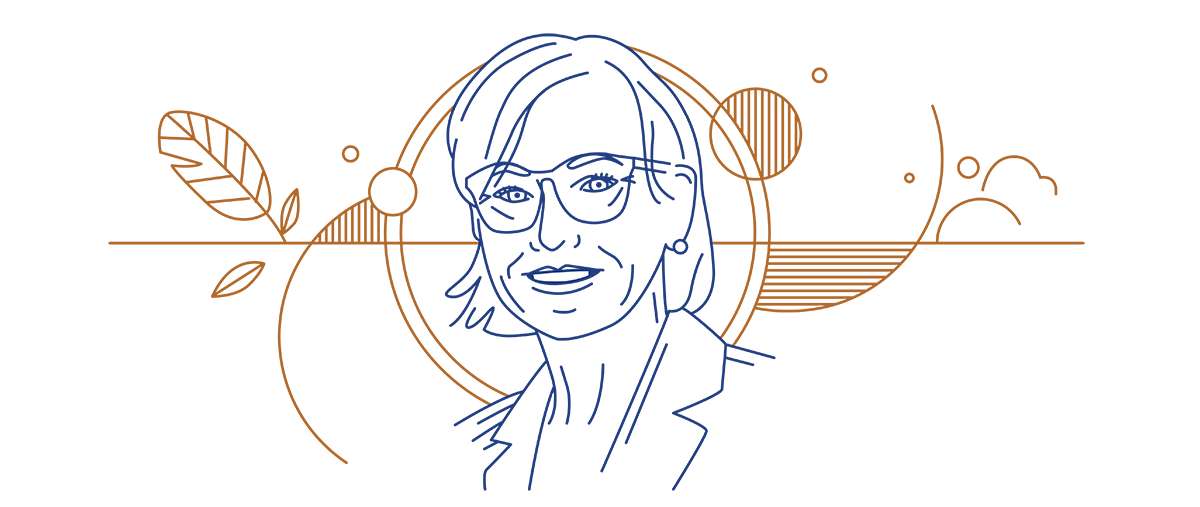
Renewing Our Goals
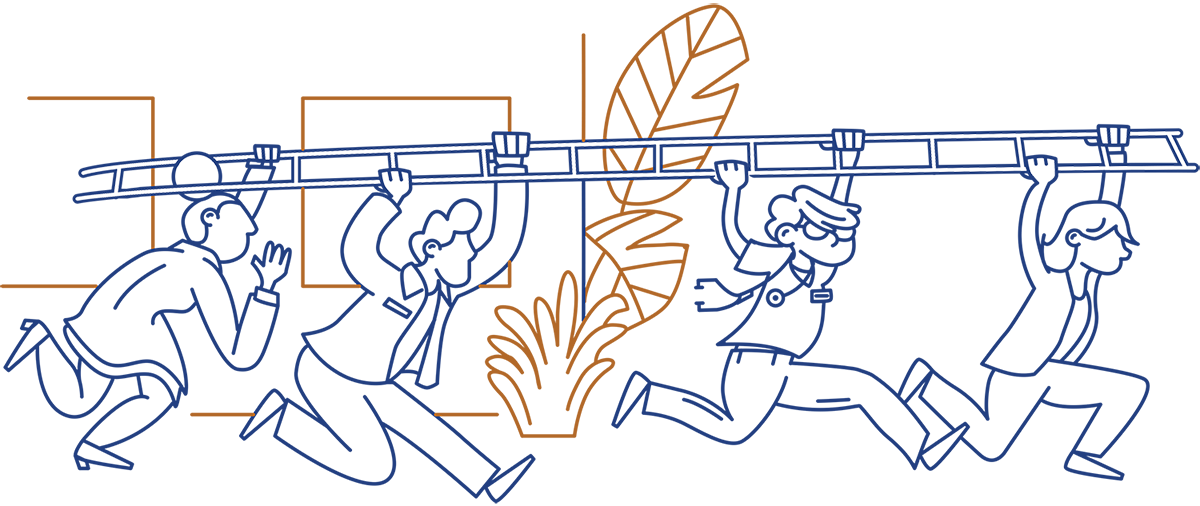
The halfway point of any strategic plan is a natural occasion to stop and reflect on your identified goals. However, when you take a global pandemic, a transformative gift, and urgent societal needs into consideration, it was essential for the Temerty Faculty of Medicine to re-evaluate the goals identified in the 2018-2023 Academic Strategic Plan.
The aim wasn’t to create a new academic strategic plan, which was developed following consultations with more than 400 people in various settings. It has been well-received throughout Temerty Medicine. Besides, the process of creating our next academic strategic plan will begin in the next 12-16 months.
However, many of the first phase goals of the plan have been achieved (or are being finalized and implemented). Coupled with the tremendous challenges that confront Temerty Medicine, it made sense to engage members of our community in a conversation about our phase two goals within the existing framework of the current Academic Strategic Plan. Led by Dr. Lisa Robinson, Vice Dean of Strategy and Operations, and with the assistance of external facilitators, we engaged more than 100 members of Temerty Medicine during the spring of 2021. Those consulted included learners from throughout the Faculty as well as academic and administrative leaders.
Overwhelmingly, they told our facilitators that Temerty Medicine was on the right course. They expressed support for many of the new initiatives that have been undertaken and were encouraged by some of the early results. However, three key themes emerged that need to inform all of the work we do going forward. They were:
- Recover and renew from the pandemic, integrating the learning from the past 18 months to rebuild wellbeing, strengthen culture and address the unmet health system needs generated during COVID.
- Sustain and deepen our commitment to driving systemic change, particularly around equity, building on a foundation of “we all belong.”
- Develop a strong shared purpose that enables us to have a meaningful impact in research, innovation, education and culture change.
The feedback also reinforced the need for meaningful action across all dimensions of our work, including individual learning, organizational and system structures and expectations, and the norms, beliefs and values that make up everyday culture. This is well expressed in the following graphic that was initially developed by Dr. Lynn Wilson (Vice Dean, Clinical and Faculty Affairs), Dr. Pier Bryden (Senior Advisor, Clinical Affairs & Professional Values), Dr. Julie Maggi (Director, Faculty Wellness) and graphic designer Mark Bennett.

Stemming from the feedback received and reflecting on the opportunities on the horizon, the Dean’s Executive Committee has identified the following goals that Temerty Medicine will aim to achieve between now and the start of the next academic strategic plan in 2023:
Ecosystem of Collaboration
- Deepen collaborations in neuroscience research across the lifespan, recognizing the nodes of excellence across Toronto.
- Enhance the pathways for highly qualified students eligible for graduate and professional programs in Temerty Medicine.
Groundbreaking Imagination
- Increase research capabilities to address future pandemics by expanding our Combined Containment Level 3 (C-CL3) facilities and supporting the Emerging and Pandemic Infections Consortium (EPIC).
- Improve resources and supports for scientists to further enhance our research impact and sustainability.
Excellence Through Equity
- Support Equity, Diversity, Inclusion, Indigeneity, and Accessibility as integral to all admission, recruitment, retention, promotion and curricular processes.
Support Health and Wellbeing in Everything We Do
- Integrate resources, processes and supports for wellness and professional values into learning and working environments for all members of the Temerty Medicine community.
Infrastructure, Policies and Technology that Compel Collaboration and Support Sustainability
- Complete planning for the redevelopment of the Medical Sciences Building’s West Wing.
These goals are not the limits of our ambition and do not include the continuous quality improvement efforts we bring to all of our operations. But they are specific and achievable goals in the short-term as we approach a more extensive process that will help us identify the more long-term goals that will be part of the next academic strategic plan. We look forward to reporting on the progress of these goals in MedEmail and future Dean’s Reports.
Equity, Diversity, Inclusion, Indigeneity and Accessibility
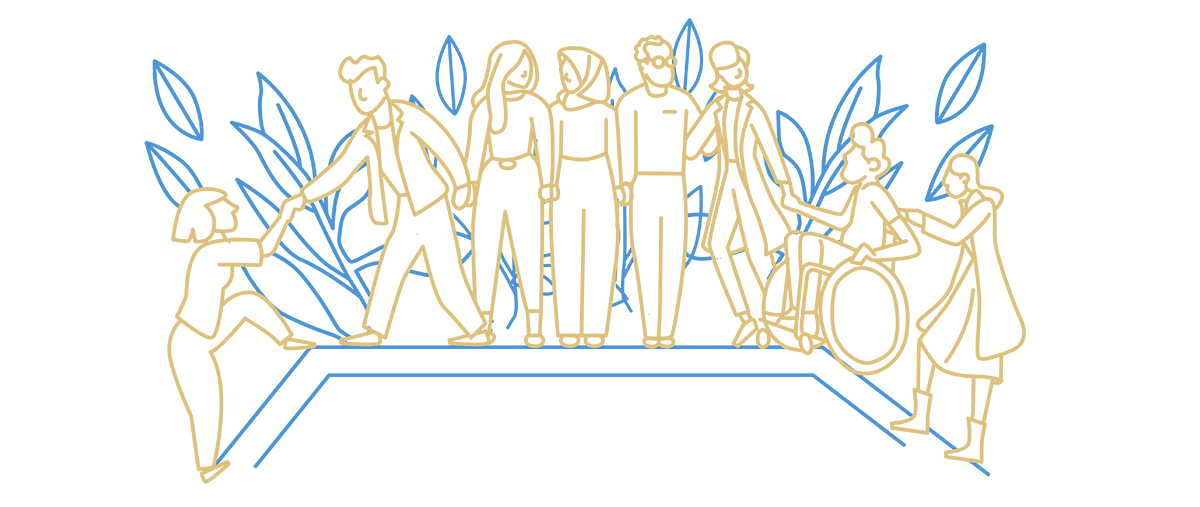
Temerty Medicine has identified equity, diversity, and inclusion – often shorthanded as “EDI” – as an imperative. “Excellence Through Equity” was recognized as a key pillar within the 2018-2023 Academic Strategic Plan. However, informed by the consultations in spring 2021, it was agreed that EDI needed to become EDIIA to specifically add Indigeneity and Accessibility to the work that will be undertaken within Temerty Medicine. Dr. Lisa Richardson, who became Associate Dean of Inclusion and Diversity on May 1, 2021, will lead this work alongside staff in the Office of Inclusion and Diversity (OID).
The OID team has grown with the addition of the two new Senior Advisor roles. Dr. Ayelet Kuper will serve as Senior Advisor on Antisemitism, while Dr. Umberin Najeeb will serve as Senior Advisor on Islamophobia. Kuper and Najeeb will advise on curriculum, training programs, and policies to better address and raise awareness about religious-based discrimination that disproportionately impacts Jewish and Muslim communities. They will also be available to students, faculty, and staff who may require their counsel or support. This is part of an expanded effort to support dialogues about religion within Temerty Medicine.
In collaboration, and with a shared recognition of a significant system gap and need, the Centre for Faculty Development (CFD) and OID developed new training opportunities for faculty members. This includes the Building the Foundations of Anti-Oppressive Healthcare program that introduces participants to the language and frameworks of anti-oppression and social justice. Launched in 2021, this program is supported by a collaborative group of university, hospital and community-based curriculum developers, leaders, and advocates. The CFD and OID have also partnered to develop and deliver additional workshops, including Responding to and Addressing Microaggressions & Practicing Critical Allyship and Equity, Diversity, Inclusivity and Accessibility Considerations in Online Teaching and Learning.
The tragic death of Joyce Echaquan, an Indigenous woman who was subjected to racist language and behaviour by healthcare workers responsible for her care, provided an example of overt and systematic racism in Canada that couldn’t be ignored. In response, Toronto Academic Health Science Network (TAHSN) issued a statement that decried the ongoing racism experienced by Indigenous and Black people within the healthcare system. It also prompted the TAHSN CEO committee to establish the TAHSN Anti-Black and Anti-Indigenous Racism Steering Committee, which is co-chaired by Temerty Medicine Vice Dean of Strategy and Operations Dr. Lisa Robinson and initially, Dr. Catherine Zahn, President and CEO of the Centre for Addiction and Mental Health. Heather McPherson, President and CEO of Women’s College Hospital, took on the co-chair role when Zahn assumed the role of Deputy Minister of Health in the Ontario Government.
The steering committee has identified three immediate priorities to address across our hospital partners: education and training, aligning approaches regarding EDI-related data, and improving incident reporting processes and procedures. In addition, a community of practice was established to support EDI-leads at U of T and hospitals in collaborating on anti-racism initiatives. This work is supported by the TAHSN secretariat, which recently added a new advisor role dedicated to focusing on anti-racism projects.
Nota Bene
Temerty Medicine has developed partnerships with the medical schools at Dalhousie University, Western University and McMaster University to help support the expansion of the Community of Support for students from underrepresented communities. This outreach includes a free MCAT prep course, admissions workshops, medical student mentors, and interview prep. This partnership resulted in new support that reached 50 students in the MCAT prep course and hundreds more through other workshops and services.
Case Study
A group of Temerty Medicine learners and staff have launched Price of a Dream, which is helping to eliminate the financial barriers for applicants from low socioeconomic backgrounds. The new initiative addresses the considerable costs associated with medical school applications – including admissions tests, obtaining transcripts and application fees – that can prevent students from applying. Read More.
Eco-system of Collaboration
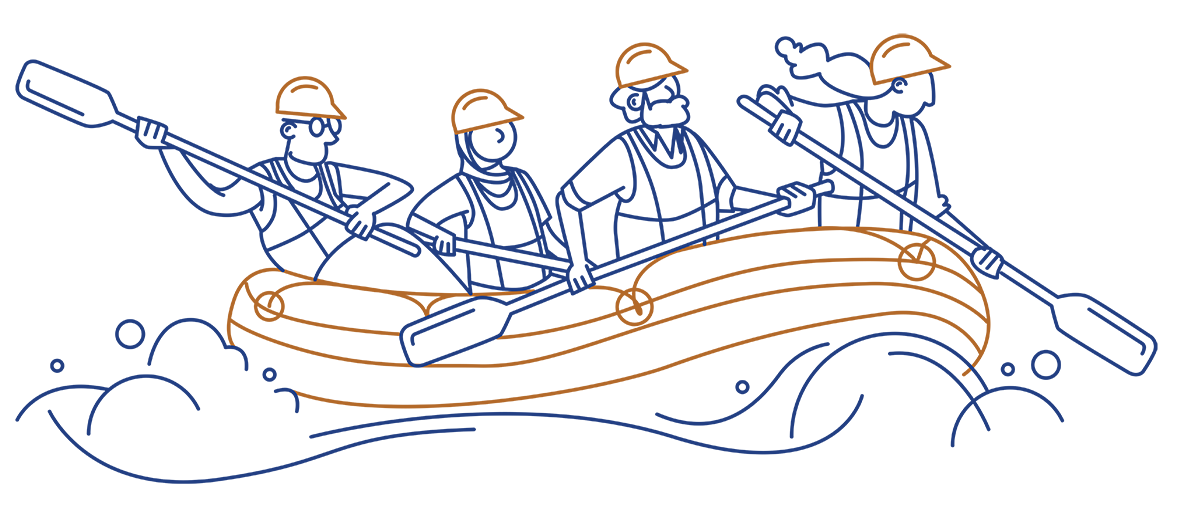
Collaborations are critical to the success of Temerty Medicine, and no relationships are more foundational than those shared between the University of Toronto and its affiliated healthcare institutions. At the centre of this relationship is the Toronto Academic Health Science Network (TAHSN), which is comprised of U of T and its affiliated academic hospitals. Through TAHSN, collaborations related to education and training, research and other priorities can be fostered. Since 2019, TAHSN’s secretariat has been based at U of T, furthering the network’s academic commitment to quality care, health education and innovative research.
In the past year, Temerty Medicine’s MD Program and 79 of its postgraduate training programs – as well as the Postgraduate Medical Education (PGME) Office itself – underwent accreditation reviews. Due to the COVID-19 pandemic, the usual on-site reviews that can last up to three days occurred online. Ultimately the MD Program and 58 postgraduate training programs were accredited for another full eight-year term, while the PGME Office and the remaining 21 residency programs have been accredited with a follow-up report or site visit required in three years. The online nature of the review – as well as one conducted at the Northern Ontario School of Medicine – is the subject of academic study with educational researchers investigating if “virtual site visits” can be as effective and/or more efficient.
The pandemic also necessitated that the annual Canadian Resident Matching Service (CaRMS) matching process, in which graduating MD students apply for residency positions, occur online. Typically, MD students are required to spend weeks of the year – and thousands of dollars – flying to on-site interviews and tours with prospective residency programs. All interviews were conducted online this year, marking significant savings for students and a reduced carbon footprint. The long-term benefits of virtual CaRMS interviews are also under review.
The Graduate and Life Sciences Education (GLSE) Office and the Office of Research and Innovation were recently brought together under the leadership of Dr. Justin Nodwell, Vice Dean, Research and Health Science Education to link more seamlessly research and life science training and education. GLSE has also expanded the suite of mentorship and professional development programs it offers to graduate students in Temerty Medicine. This includes the development of the PhD Leaders Program, an online series of Graduate Professional Development Talks by Dr. Nana Lee, Director of Graduate Professional Development, as well as expanding department-based mentorship programs. In addition, Lee provides one-on-one 30-minute consultations for graduate students and postdoctoral fellows (PDFs) regarding their professional development. Last year, she met with more than 150 students and PDFs resulting in 100 per cent finding the meetings helpful towards their professional, career development and guidance for the next steps and 100 per cent recommending the session to peers.
Nota Bene
Early in the pandemic, U of T donated 2,000 surgical masks, hundreds of thousands of gloves and more than 3,100 N95 respirators to our Toronto Academic Health Science Network partners to support frontline care. The supply was collected by graduate students, researchers, and instructors from research and teaching labs across U of T’s three campuses.
Photo Credit: Nick Iwanyshyn
Case Study
Accreditation is one of the ways that Temerty Medicine provides assurance to its stakeholders, including its learners and the public, that its medical education programs have met national education quality standards. In 2020, Temerty Medicine’s MD Program, 79 of its postgraduate training programs as well as its Postgraduate Medical Education (PGME) Office underwent accreditation reviews. What were the results of this highwire act that involved more than 3,500 people? Read More.
Groundbreaking Imagination
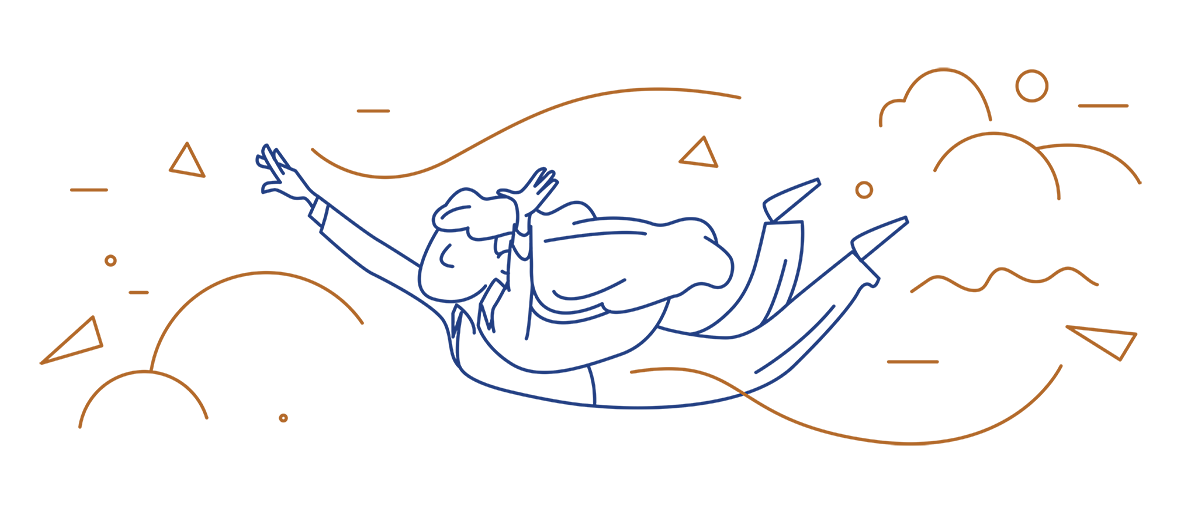
Fostering research collaborations is an essential way to harness the many strengths of Temerty Medicine and its partners. This has included establishing initiatives like the Temerty Centre for AI Research and Education in Medicine (T-CAIREM), Mitochondrial Innovation Initiative (MITO2i), Medicine by Design, and the Toronto Cannabis and Cannabinoid Consortium (TC3).
Building on the success of these endeavours, two new research consortiums are now underway. The Emerging and Pandemic Infections Consortium (EPIC) harnesses the full potential of U of T and its partner hospitals, including clinicians, scientists, engineers, and public health and policy-focused infectious disease experts to converge on innovative approaches that ensure future emerging infections do not wreak devastation. Anchored by U of T’s Infectious Disease Laboratories (IDL), Toronto’s only Combined Containment Level 3 (C-CL3) unit for the study of high-risk human pathogens, as well as the CL2+ aerosol containment facility and Biobank, EPIC’s virtual research and training ecosystem aims to be the leading initiative on infectious disease research and training from discovery to policy, a magnet for world-leading talent, and an authority on infectious disease-focused education and science-based advocacy.
Also underway is the TOronto Neuro-Immunology/Imaging Consortium (TONIIC), which is being led by Drs. Jennifer Gommerman and Kullervo Hynynen. Together they will receive $13.9 million from Canada Foundation for Innovation for a technology platform focused on neuroimmunology and neuroimaging for dementia, stroke, mental health and addiction, multiple sclerosis and cancer. It will allow them to purchase a 7-Tesla MRI and imaging mass cytometry that can visualize protein markers in tissue with microscopic detail. The project includes 30 scientists and clinicians at six Toronto hospitals: Sunnybrook Health Sciences Centre, University Health Network, The Hospital for Sick Children, St. Michael’s Hospital, Baycrest, and the Centre for Addiction and Mental Health.
Finding new ways to accelerate discoveries into the marketplace is an important way in which to ensure new products and therapies can help improve health. Evolving from Temerty Medicine’s exploration of establishing an entrepreneur-in-residence and following a needs assessment, the Office of the Vice Dean, Research & Health Science Education is developing a roster of industry professionals who will work directly with researchers and spin-off companies on different aspects of bringing discoveries to market. This will ensure a variety of skills and experience are available to meet the scientific and business needs of Temerty Medicine’s research community.
Nota Bene
Researchers affiliated with the University of Toronto continue to be among the most productive in the world. Since 2018, U of T ranks third in the world for the number of publications related to medicine according to Scopus, Elsevier’s abstract and citation database. This includes an outstanding output in sub-areas such as Psychiatry and Mental Health (third in the world) and General Medicine (second in the world). U of T is also fourth in the world in research publications related to COVID-19. In 2020, the number of medical research papers produced by U of T scholars increased by 10 per cent over the previous year.
Photo by: Nick Iwanyshyn
Case Study
Pandemic preparation is at the heart of a new proposal to enhance research and collaborations on infectious diseases, called the Emerging and Pandemic Infections Consortium (EPIC). This new U of T Institutional Strategic Initiative is led by Dr. Scott Gray-Owen and seeded by a $7.5-million commitment from U of T, its faculties and affiliated hospitals. EPIC will also deliver broad training & knowledge translation programs to the TAHSN-wide research community studying infectious disease and working in our essential C-CL3 space. Read More.
Health and Wellbeing
The mental and physical health of Temerty Medicine students, faculty, and staff has long been a priority for the Faculty. It is also recognized that wellness can only be achieved when professional values are celebrated, where misconduct and mistreatment are called out and addressed, and where excellence through equity is the norm. For these reasons, Temerty Medicine has established a number of new roles over the past year intended to provide leadership and vision that will advance these imperatives. These roles have included:
- Dr. Reena Pattani as the Director of Learner Experience;
- Dr. Pier Bryden as the Senior Advisor, Clinical Affairs & Professional Values;
- Dr. Julie Maggi as the Director of Faculty Wellness; and,
- Dr. Heather Flett as the Temerty Professorship in Learner Wellness.
Their efforts build upon existing resources and offices, such as the Office of Health Professions Student Affairs, the Postgraduate Wellness Office, Graduate Wellness Initiatives, and Wellness Initiatives for faculty and staff provided by the Division of Human Resources and Equity.
This year also marked the awarding of the inaugural Temerty Awards for Excellence in Professional Values, which are supported by James and Louise Temerty and the Temerty Foundation. The awards recognize faculty and learners – drawn from across the Faculty – who “contribute to strengthening our shared professional values through their behaviour, communications, relationships, and academic, clinical, and administrative endeavours.” The awardees were nominated by their peers, supervisors, colleagues and program leaders, and selected by a committee of faculty and learners representing the basic sciences, rehabilitation sciences and clinical medicine sectors.
Nota Bene
In the 2021 Clinician Management and Reappointment System (CMaRS) cycle, 5,256 faculty members completed the Professional Values module, which emphasized the Professional Standards for Medical Clinical Faculty. This module was developed as a collaboration between Clinical and Faculty Affairs and the Centre for Professional Development, with input from the Office of Inclusion and Diversity and the Director of Faculty Wellness. This will likely be repeated on a three-to-five-year cycle, with new appointments having to complete it in their first year.
Photo by: Daniel Sone
Case Study
With the pandemic adding to the stress and burnout experienced by learners and faculty working on the frontlines of the healthcare system, Temerty Medicine ramped up some of the important health and wellness initiatives already planned. Earlier this year, Dr. Julie Maggi started her role as Director of Faculty Wellness while her counterpart, Dr. Heather Flett, was appointed the inaugural Temerty Professor of Learner Wellness after serving as the acting director of the Postgraduate Wellness Office. Read More.
Photo by: Johnny Guatto
Infrastructure
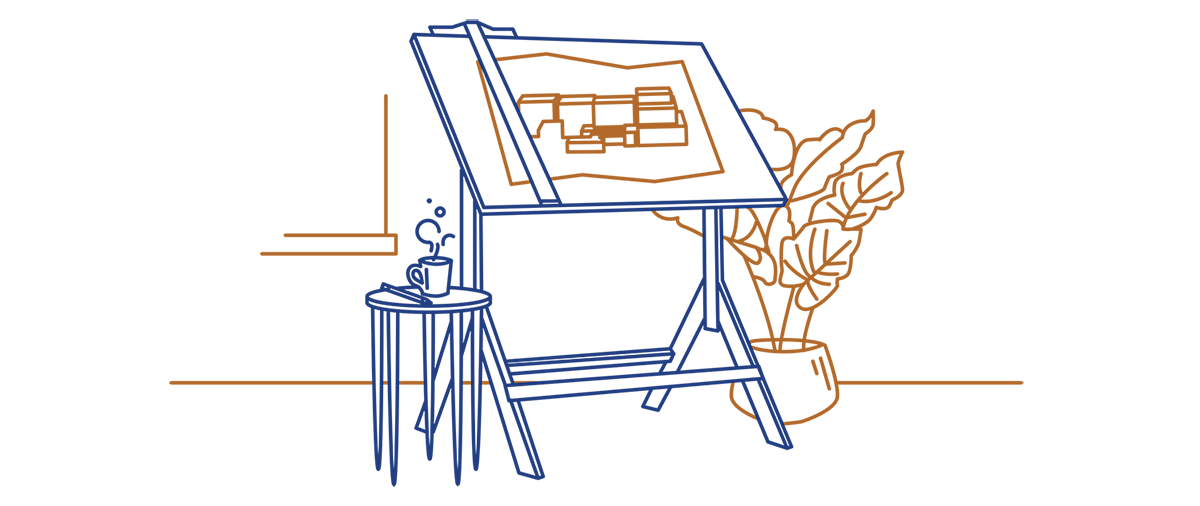
The development of the Medical Sciences Building’s West Wing for the proposed James and Louise Temerty Building (JLTB) represents a once-in-a-generation opportunity for the University to provide the physical resources needed to meet the space needs for the Temerty Faculty of Medicine in the coming years, as well as create a more recognizable, and welcoming front-door that fosters a sense of place, community, and engagement in the center of the St. George Campus. In 2019, a consultant team led by Perkins Eastman Architects was engaged by the university to complete a Master Program for MSB and a Feasibility Study for the West Wing site to develop a general space program, provide key planning recommendations and outline the engineering scope of the work. With the aforementioned Master Programming and Feasibility Study now complete, the Faculty and University are in the advanced stages of preparing a Project Planning Report, essential to the retention of a consulting team responsible for the comprehensive design of the new facility. In parallel with the Project Planning efforts currently underway, the Faculty is working with various departments and divisions to complete the necessary decant of the existing west wing of the building. Vacating this section of the Medical Sciences Building and relocating its current occupants is instrumental in readying the future JLTB site for the start of construction currently anticipated for late 2024.
In addition to expanding physical space, growing the research infrastructure for Temerty Medicine has also been an important priority. The Faculty will soon add a 200-kilovolt cryo-electron microscopy system that will allow researchers to see the atomic detail of the 3D structure of proteins. This will complement a smaller machine (120 kV) in the Microscopy Imaging Lab at the Medical Sciences Building, and a larger one (300 kV) based at The Hospital for Sick Children.
Finding ways to work more effectively and efficiently is essential, especially as many had to work, research, teach and learn online. For example, by preparing for the unexpected – as Discovery Commons did prior to the COVID-19 pandemic by envisioning a scenario in which members of the Temerty Medicine community would have to work and learn from home – helped to ensure the Faculty could make some of the quick pivots that became necessary in the past year. Similarly, the establishment of the Data Management Advisory Committee in the Office of the Vice Dean of Medical Education has helped to ensure more standardized information and a reduction in duplication. By streamlining processes, the new committee – led by Dr. David Rojas (Director, Program Evaluation, Office of Assessment & Evaluation, MD Program) and Caroline Abrahams (Director, Policy, Analysis and Systems Management, Post MD Programs) – can ensure the lessons learned in one aspect of medical education are understood within the context of the entire spectrum of medical training. Among their undertakings is taking carriage of the Voice of the… series of surveys as well as developing the new Learner Assessment of Clinical Teaching form.
Nota Bene




Case Study
The COVID-19 pandemic required a quick pivot to online working and learning when classrooms and offices shut down. Underpinning that effort was strong technological infrastructure, supported in part by Temerty Medicine’s Discovery Commons, as well as the ingenuity of educational and administrative leaders. How did it happen? Read More.
Check out our Vitals!
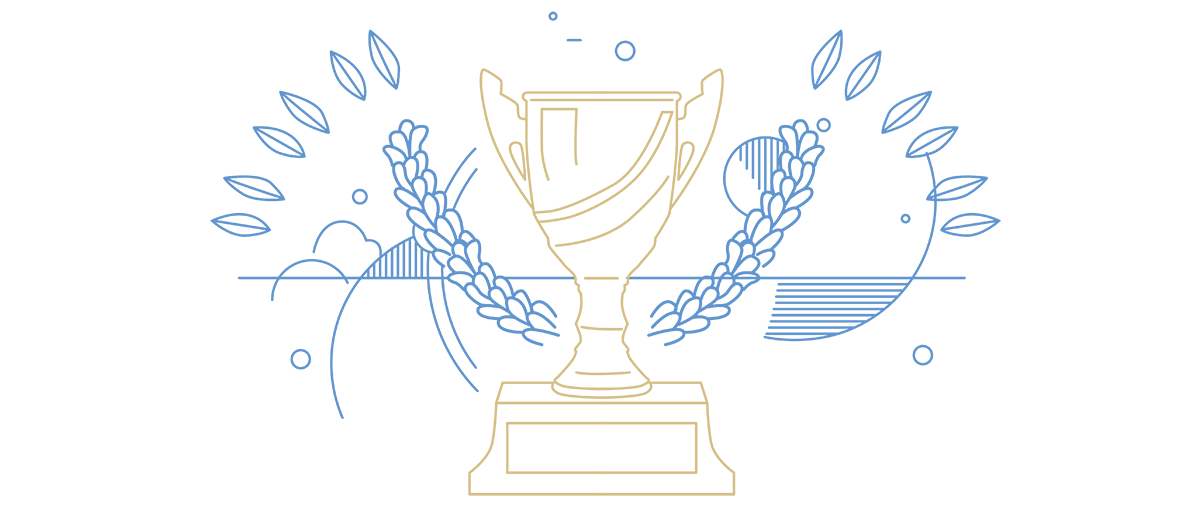
Carefully tracking our metrics is essential to evaluating the performance of the Temerty Faculty of Medicine. Later this fall, we will be undertaking a review of the data we report to ensure greater transparency and provide timely access to the latest data. As new data is added or existing data is updated, we will notify the Temerty Medicine community through MedEmail. We anticipate that before the 2022 Dean’s Report, you will see our “Vitals” are more robust than ever before.
Celebrating Our Success
Highlighting some of the honours and awards received over the previous year.
1 winner of the Gairdner International Award
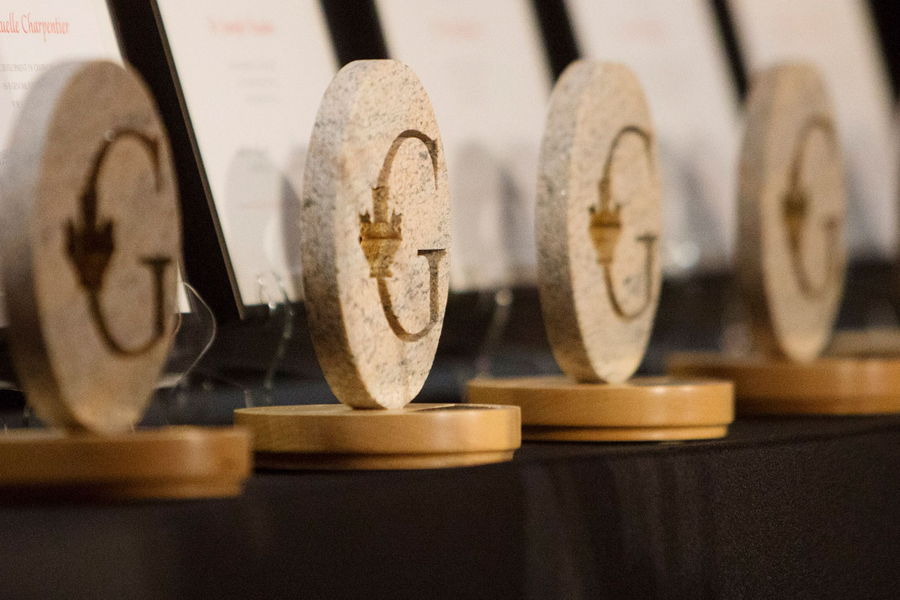
1 winner of the Governor General's Innovation Award
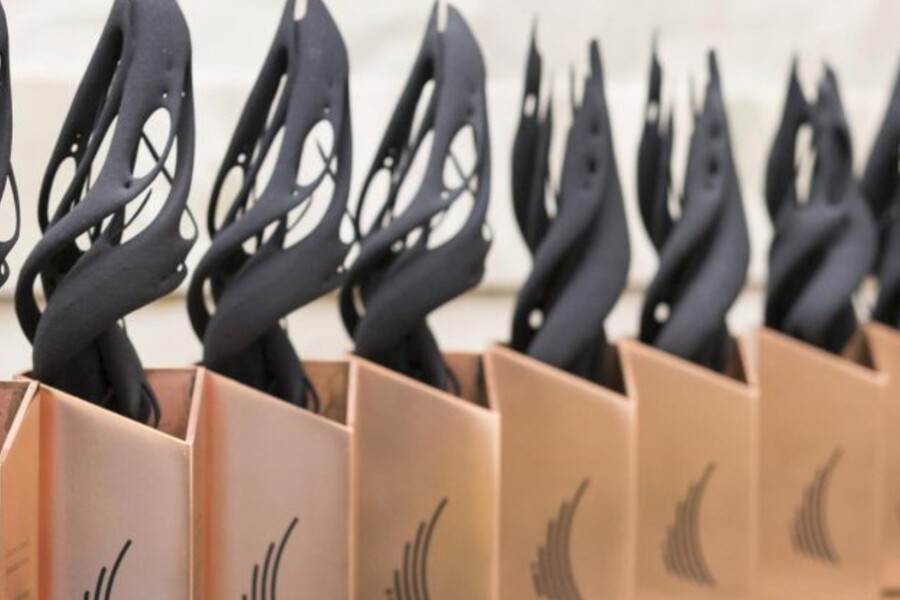
1 winner of the Canadian Association for Medical Education’s Ian Hart Award
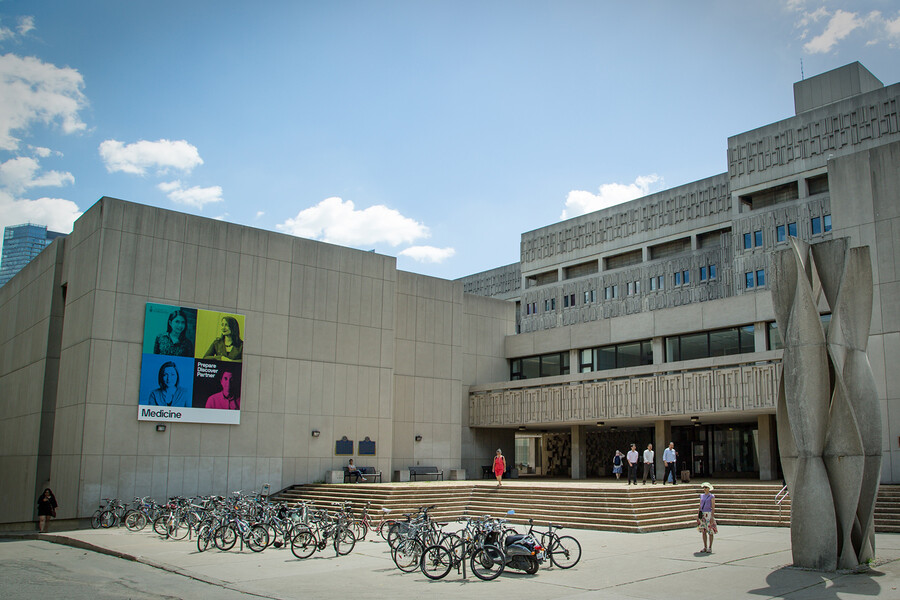
9 fellows of the Royal Society of Canada
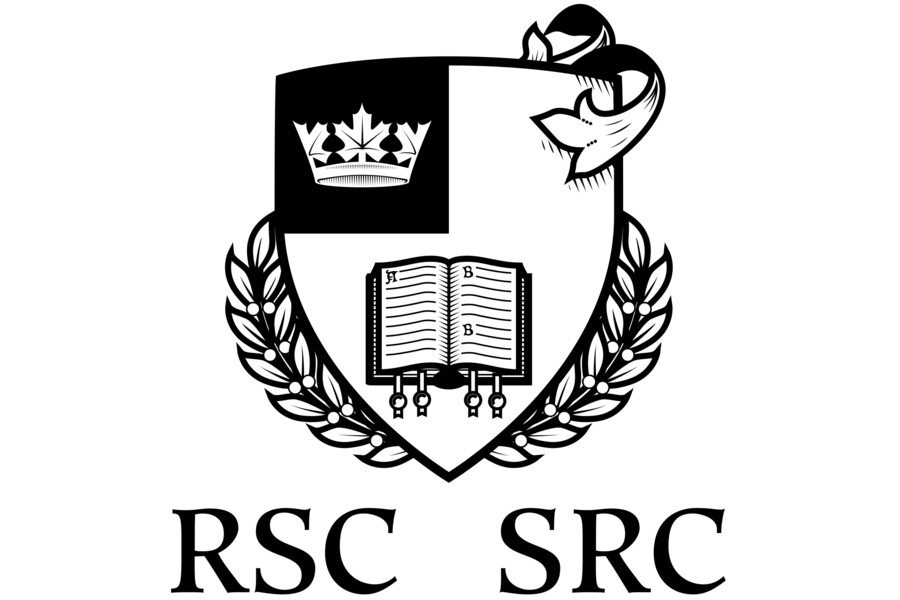
6 appointed to the Order of Canada

1 winner of the Association of Faculties of Medicine of Canada’s Young Educators Award
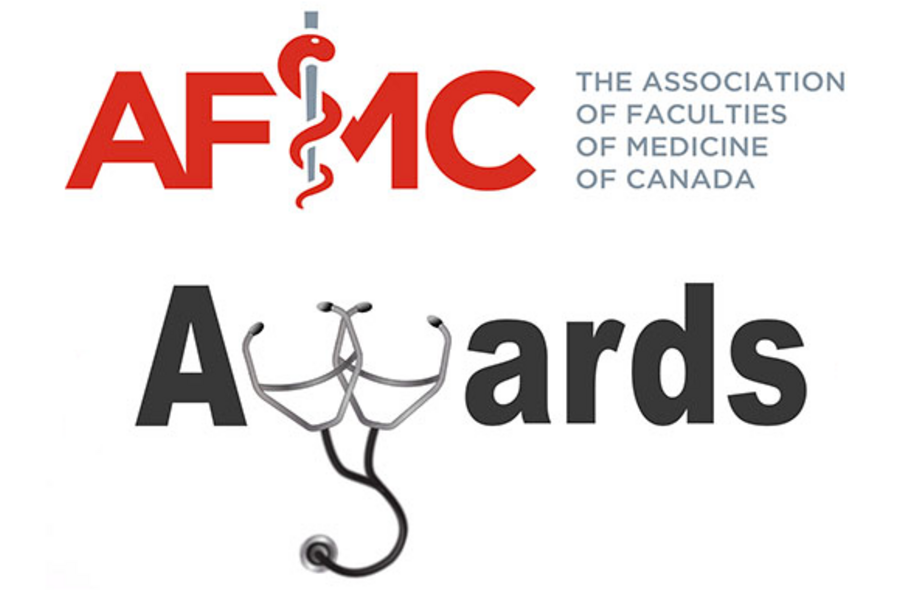
Credits
The 2021 Dean’s Report is produced by the Office of the Dean in collaboration with the Office of Communications and with the support of many members of the Temerty Faculty of Medicine community.
Publisher
Dr. Patricia Houston, Acting Dean and Vice Dean, Temerty Faculty of Medicine
Dean’s Report Steering Committee
- Dr. Lisa Robinson, Vice Dean, Strategy and Operations (Chair)
- Meg Connell, Director, Office of the Dean
- Linda Quattrin, Executive Director, Communications
- Jeremy Knight, Director, Office of the Vice Dean, Research & Health Science Education
- Paul Tonin, Senior Project Manager, Strategic Initiatives, Office of the Vice Dean, Medical Education
- Liam Mitchell, Senior Project Manager, Strategic Initiatives, Office of the Dean
Editor and Lead Writer
Liam Mitchell
Contributing Writers
Dominic Ali, Erin Howe, Jim Oldfield and Paul Tonin
Vitals Web Producers
Roberta Brown and Ishita Luther
Designer & Art Director
Mark Bennett
